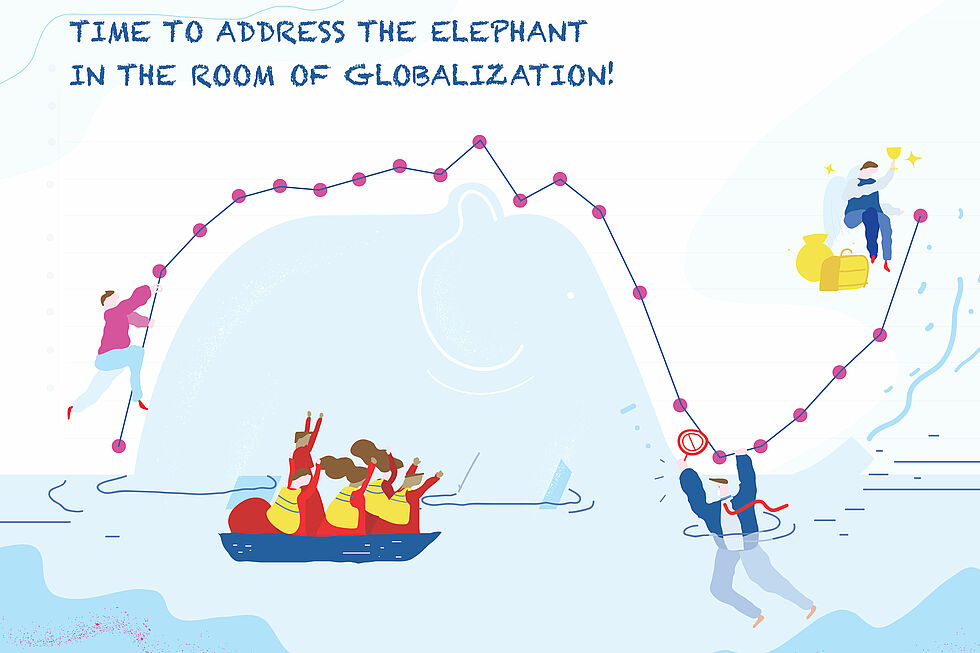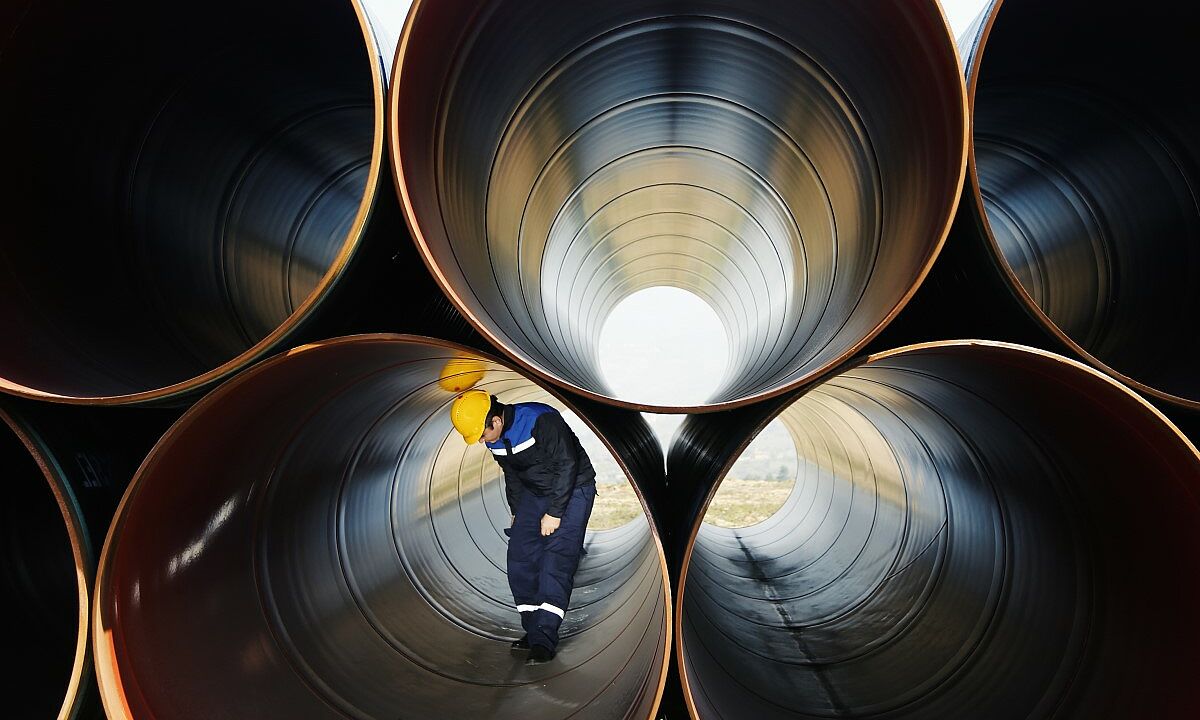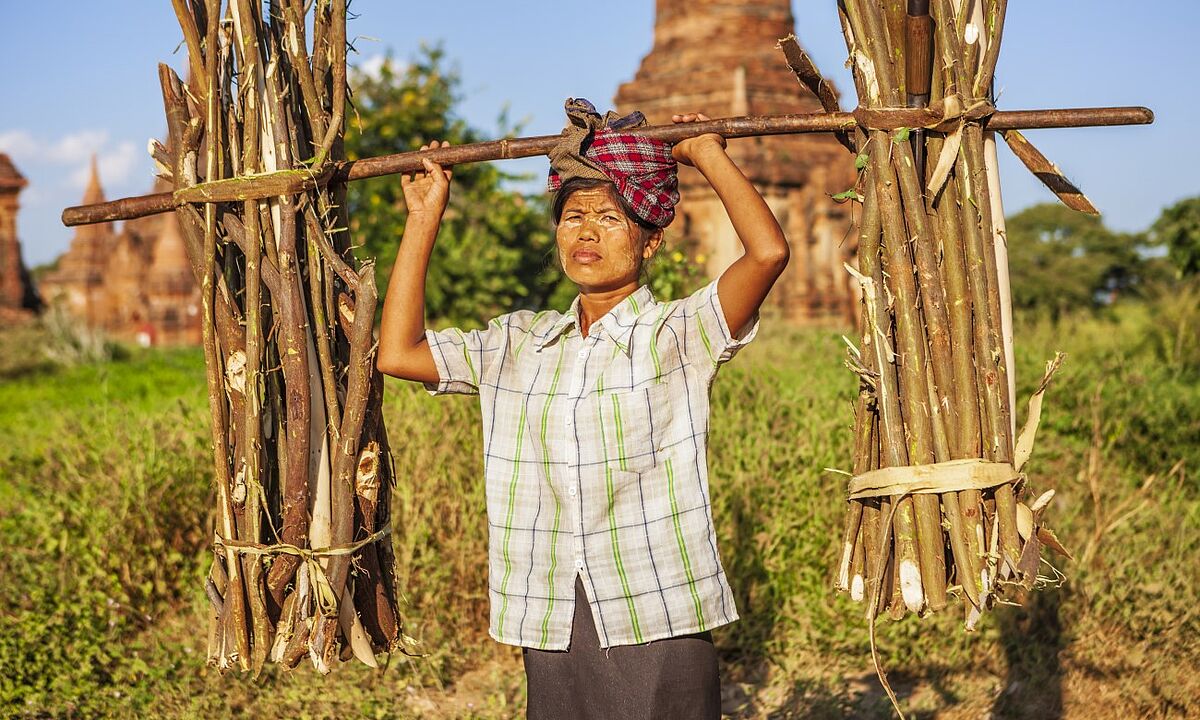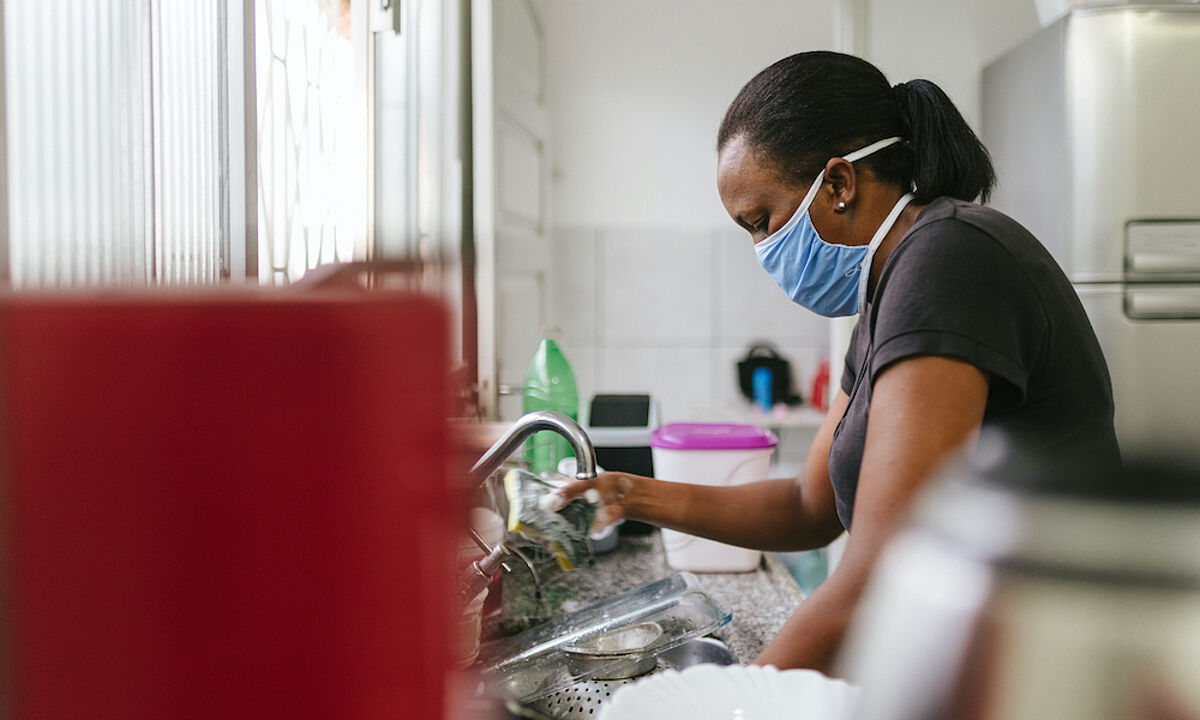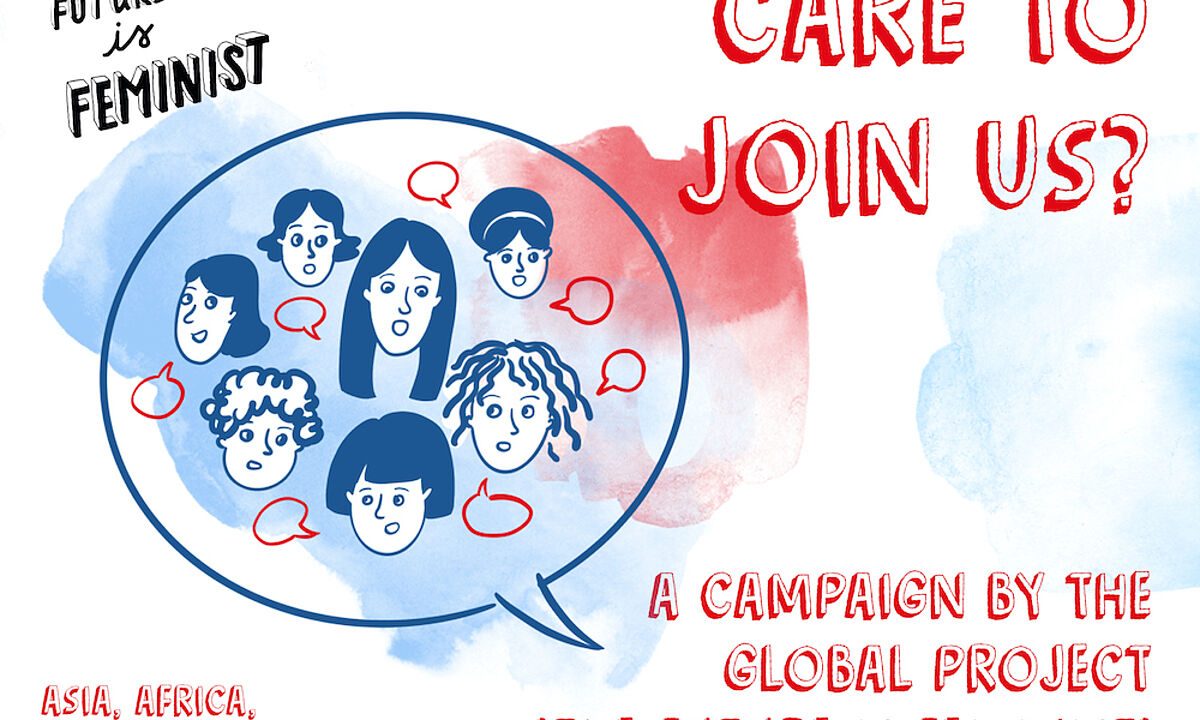Growth and inequality in Pakistan
A new publication by economist and former minister of Finance and Economic Affairs of Pakistan Dr. Hafiz A. Pasha unravels how long-running sluggish growth in Pakistan has amplified both income and structural inequalities which has exacerbated social and political instability. The publication “Growth and Inequality in Pakistan” was supported by Friedrich-Ebert-Stiftung in Pakistan.
In this interview, Dr. Pasha, who until 2007 served as a United Nations Assistant Secretary General, talks about his research on economic inequality in Pakistan, how it compares to global trends of rising inequality, the consequences and the changes needed to address it.
Is economic inequality among the key domestic challenges of Pakistan? What are the most prominent manifestations of inequality and their historical context?
Yes, economic inequality and its reduction is one of the major challenges of Pakistan. The widening gap between the rich and poor has largely excluded the poor from the benefit of growth. The most prominent manifestation of inequality in Pakistan, a country where the share of rural population is as high 64 per cent, is in the distribution of farm land among rural households.
The top one per cent of farmers own as much as 20 per cent of the farm area. The top 20 per cent own 69 per cent. At the bottom end, a small farmer has only 0.3 hectare on average. The allocation of land dates back to the days of British Raj when large tracts of land were given to the feudal class so that they could aid in the recruitment of sepoys for the colonial army in India and for collection of land revenues. Post-independence land reform efforts have largely been foiled.
It has been argued that inequality has been increasing while poverty has markedly declined in Pakistan in recent decades. How does this compare to global trends? What are the factors behind the rising gaps between richer and lower group in income and wealth?
The evidence of the marked decline in poverty can be disputed. Since the early 90s the growth rate of Pakistan’s economy has been low, except for a spurt from 2003-2008. Based on application of the cost of basic needs approach to determine the poverty line, it is estimated that almost 40 per cent of the population is poor currently. Also, there has been little change in the incidence of poverty since 2010. There is evidence that in recent years there has been a faster decline of poverty in other countries of South Asia, India and Bangladesh.
One of the major reasons for the shrinking of the middle class in Pakistan is the rising unemployment among educated workers, partly due to a decline in value added exports of Pakistan caused by the increasing competitive pressures in a rapid process of globalization.
The main factor behind the rising gap between the rich and the poor is the state capture by the elites. The powerful groups are the feudal lords, the military establishment, urban property owners and real estate developers, large domestic traders, share holders of large corporations etc. The vested interests have obtained wide-ranging tax exemptions and concessions, privileged access to public resources, service and bank credits, and minimal control by regulatory agencies.
In your opinion, how is disparity of income affecting the socio-political situation in the country?
The large and growing disparity in income is affecting the socio-political situation in a number of ways. First, Pakistan is undergoing a youth bulge, but the economy is unable to create enough jobs for the large number of youth entering the labor force annually. Over one-third of the male youth is either unemployed or idle. These youth are vulnerable to the appeal of religious extremism, crime and violence.
Second, there are large disparities at the regional level in Pakistan. The least developed province is Balochistan. There is a sense of deprivation and alienation among the people of Balochistan, leading to insurgent and separatist tendencies from the Federation of Pakistan, despite recent efforts at fiscal equalization.
What is your take on the current debates on global inequality across and within countries and its relevance to Pakistan?
There is need to focus on the role and emergence of the middle class in Pakistan, which can play an affective role in promoting social and political change, as has been the case in many countries. It can also act as a counter to elite capture of state resources.
Unfortunately, the middle class is shrinking in Pakistan. Based on the standard definition, the share of the population in the middle class has fallen from 43 per cent to 32 per cent in the last two decades. One of the major reasons for this is the rising unemployment among educated workers, partly due to a decline in value added exports of Pakistan caused by the increasing competitive pressures in a rapid process of globalization.
You have recently authored a book titled “Growth and inequality in Pakistan” in collaboration with the FES country office. What are your key messages? What changes are required at fundamental and policy levels to reduce the growing inequality in Pakistan?
The first key message is that Pakistan has paid a very high price for its fight against terrorism. Not only has it lost over 70,000 lives but also the economic cost incurred since 2001 is as much as 250 billion US dollars. This is over seven times the foreign assistance received. Consequently, the GDP growth rate has been reduced by over two percentage points and the number of poor has increased significantly.
Download for free "Growth and inequality in Pakistan" by Hafiz A Pasha.
Another key message, based on the study of the economic history of Pakistan since 1971, is that autocratic military governments have generally achieved higher growth, but inequality has increased sharply. Democratic governments may have not been so successful in attaining high growth, but the process of growth has been much more inclusive and inequality has declined or remained unchanged. People’s participation, transparency and accountability are central to ensuring equitable and efficient utilization of public resources for raising employment and reducing poverty.
The fundamental changes required are strengthening of regulatory institutions, improved governance, rule of law, wide-ranging tax reforms and design and implementation of a growth strategy which promotes inclusive and sustainable growth.
###
Abdul Qadir is programme coordinator and advisor at the FES Pakistan office. For more information on the work by FES in Pakistan and South Asia, contact info(at)fes-pakistan.org and follow the Facebook and Twitter pages of the FES Pakistan team.
About FES Connect
Connecting people, in the spirit of social democracy, we source and share content in English from the German and international network of the Friedrich-Ebert-Stiftung.
